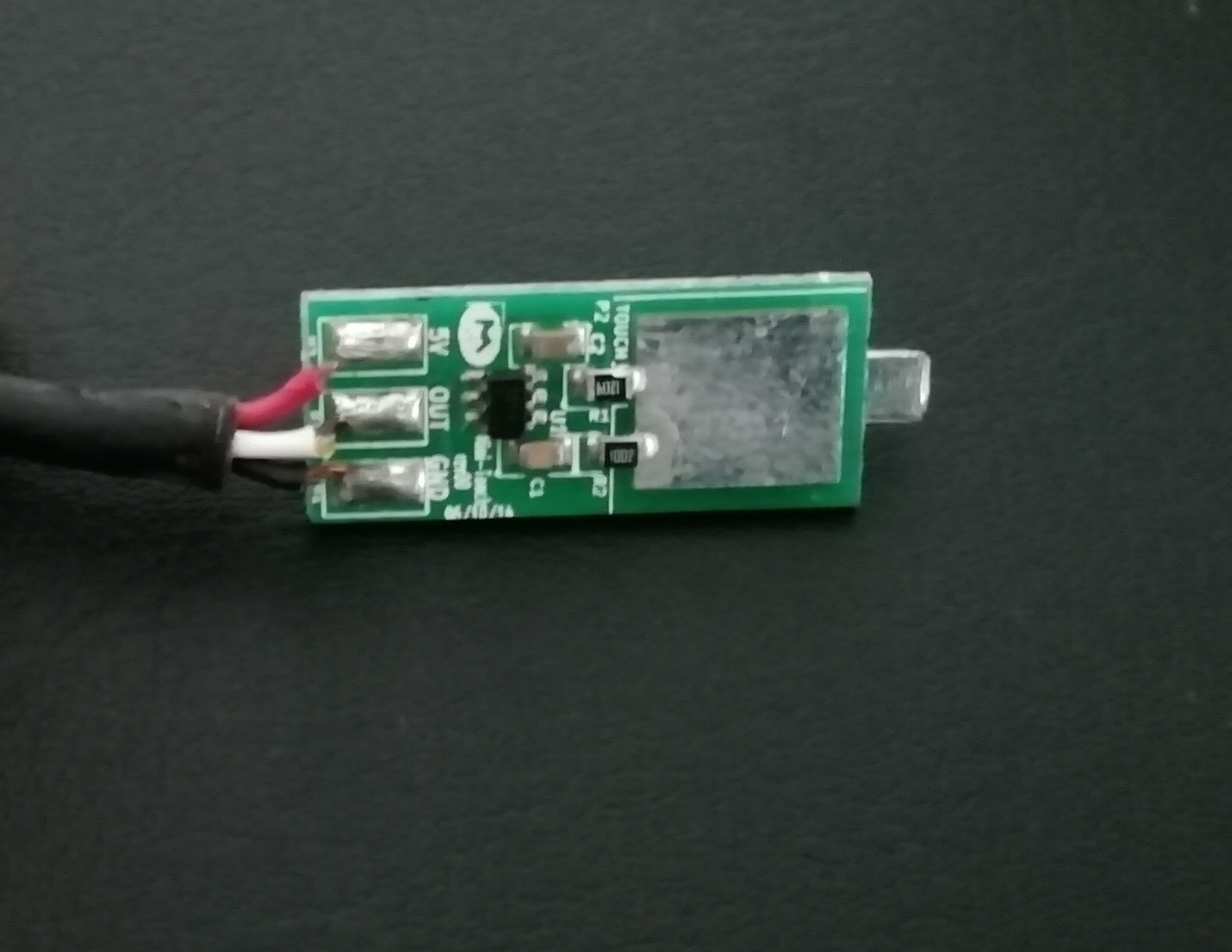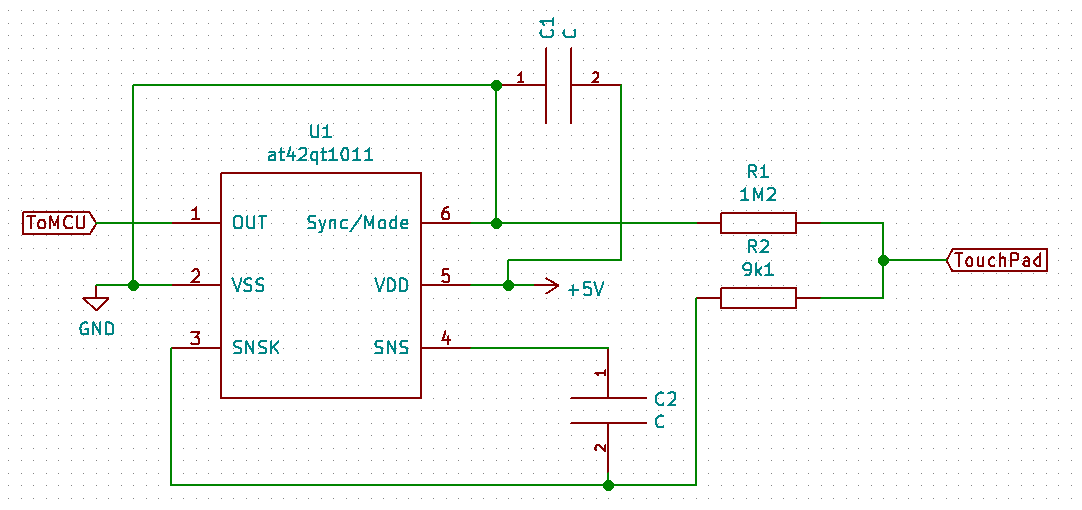Last year we bought a new Sofa. It should be large enough to comfortably fit two people. After a visit to our local furniture store, we decided to by a fine leather couch with an electric Motor, which could move the seat forward, so that two people could not only sit comfortably, but also lie comfortably.
To control the seat, there are metal buttons on each side which only have to be touched. That is really nice and a lot of fun for the cat. As soon as you touch it, the motor works.
The problem is, that the metal buttons of course need an electric connection to a wire, and that seems to be screwed on, on the inside of the cushion. Now, if you sit too close to the side, you compress the cushion and bend the connector. Get up and it is bent back. And that is of course not going to last long, most standard cables will break. That said, after a few weeks we had to call the shop, because one of the buttons did not work and they sent a repairmen, who changed all electric components and I could keep them. The repairman said, that they were not good for private projects, because they used some proprietary signaling.
Of course I wanted to now how they worked. The basic setup is, that each motor has a controller connected. Each controller has wires which go to the touch buttons.

The controller is just a box with a PCB with relays in it. The connection to the buttons is made with a grommet on it, packed in rubber. Probably for added stability I thought.

The thing is, used to have an old stereo, where there were similar touch buttons. Those could be used to change the stations on the integrated radio. They were probably capacitive touch switches. I thought, that they would work similar here and tried to find out, where in the controller the magic happened. I suspected that some signal was sent to the buttons, and when you touched them, the added capacitance of your body would lead to a change in the signal and the controller would switch. Well I was very wrong.
Although the controller has a Microcontroller, it does not receive, or send AC signals. What it gets from the Button is either 5V (high), or 0V (low). This means, that the magic has to happen in the rubbery part of the connector:

And alas, we have a small PCB and an integrated Circuit with some parts inside the rubber. The IC is a Microchip AT42QT1011 touch sensor chip. The PCB only needs three connections: 5V, GND and OUT. OUT is either high or low, depending on the state of the switch. For simplification I tried to figure out the schematic and I think it works like this:

It is the basic setup from the data sheet, only, that both sensor Pins are connected to the touch panel. And they added a bypass capacitor, which is not drawn, but recommended in the data sheet.
The data sheet is quiet nice and explains a lot of how you should implement it in your product. I would not have thought, that there is so much silicon so close to the button, but obviously I was wrong. In the data sheet, it says:
"The QT1011 employs bursts of charge-transfer cycles to acquire its signal. Burst mode permits power
consumption in the microamp range, dramatically reduces RF emissions, lowers susceptibility to EMI, and
yet permits excellent response time. Internally the signals are digitally processed to reject impulse noise,
using a “consensus” filter which requires four consecutive confirmations of a detection before the output
is activated."
Really amazing, how much there is in such a small part. Now I know, that the Controller does not have to be complicated, it really just has to switch the correct relay, corresponding to the touched button.
On the mechanical construction however, the manufacturer needs to make improvements. The grommet is stiff and connected via a screw to the button. It just has to break off regularly. When our warranty has run out, I will probably have to think of a solution myself, if I don't want to repair these things every few months...